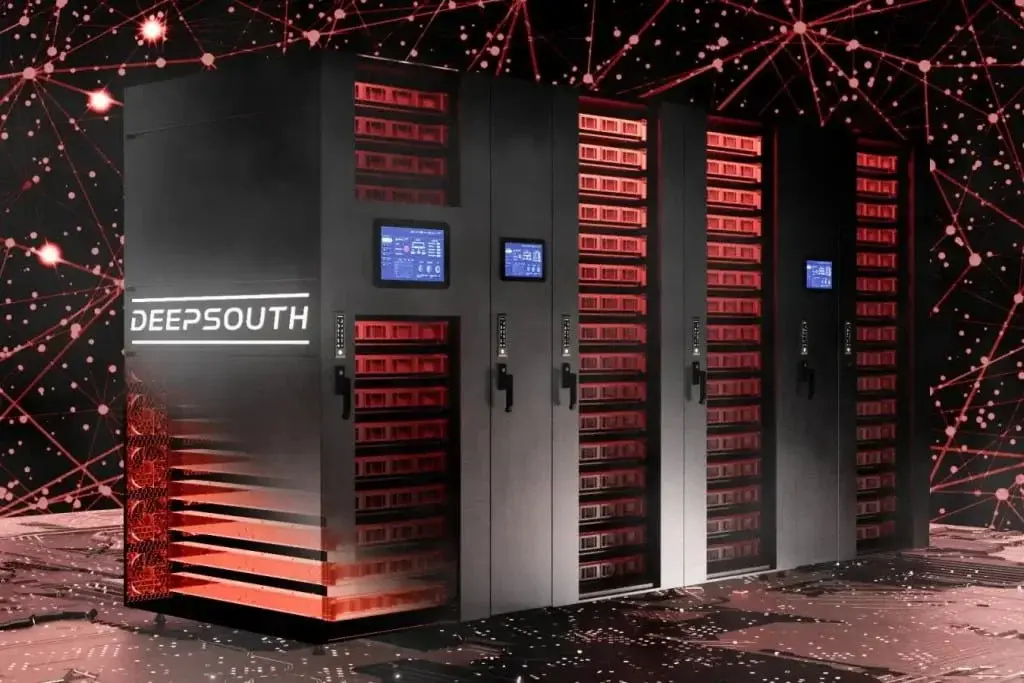Though technological progress continues apace, human brain processing power remains unparalleled – processing over 100 billion operations per second! To close this technological divide, scientists are exploring neuromorphic computing based on inspiration drawn from its intricate structure of the human mind.
Revealing Deep South: A Supercomputer Breakthrough
Deep South, an Australian supercomputer designed by Australia’s International Center for Neuromorphic Systems and set to debut April 2024, promises to revolutionise its field. Boasting an amazing processing capacity of 228 trillion operations per second – surpassing human brain capacities by an amazing 2,001 times! – this innovation promises to change everything.
Imitating Nature for Strength of Deep South
Deep South’s exact details remain vague; experts speculate that Deep South mimics not just the brain but the entire human body in many respects. Departing from conventional electronics, this system integrates data storage and processing much like our brain does by way of interconnecting nerve cells which work at minimal energy usage while creating vast interconnections; in comparison with this remarkable achievement however Deep South requires significantly more space and resources despite being unparalleled in capability.
Transformative Potential: Beyond Computing
Underlying this technology lies a world of potential benefits: think longer phone battery lives lasting days or downsized supercomputer chips being more suitable for compact devices. Aside from power efficiency gains, advancements in data processing could rewrite numerous sectors from hospital life support systems to creating AI models tailored for specific purposes.
Unlocking The Brain’s Secrets: Deep South’s Surprising Insights
Deep South’s unexpected discoveries were marked with notable revelations. By studying human brain function to create more intelligent computers, researchers gained fascinating insights into its inner workings; these revelations enabled greater analysis of related disorders such as dementia or medication responses; it even revealed evidence of age related changes on brain functionality.
Deep South provides researchers with a powerful new tool for dissecting the brain as an algorithm would, scrutinizing nerve cell communication to pinpoint potential neurological ailments and visualize learning process through watching how supercomputer model delegate tasks. Though unravelling all its complexity may appear daunting at first, Deep South represents undisputable promise – its success could usher in an age where previously insurmountable diseases will finally be overcome.


Leave a Reply